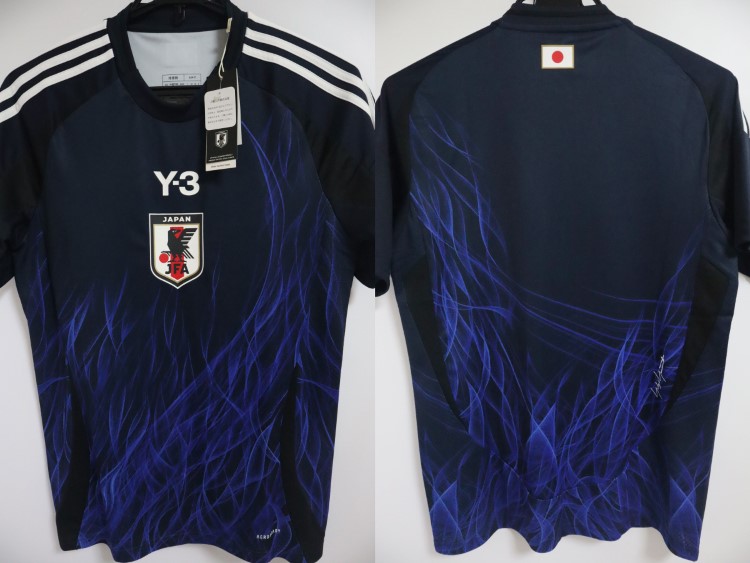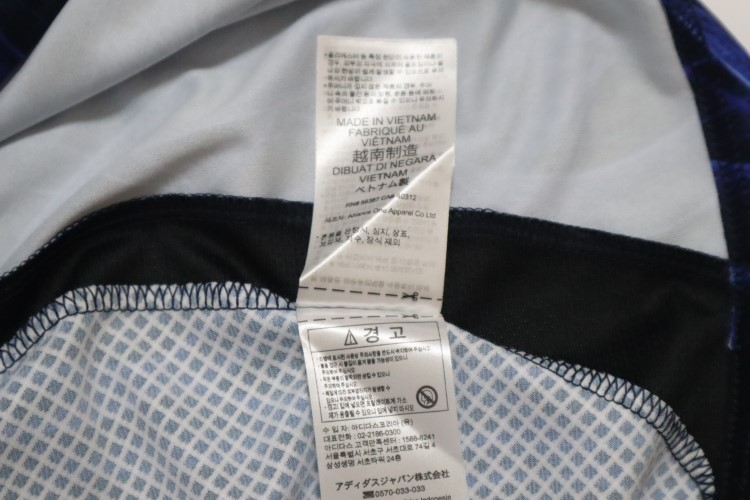Description
The Japan national football team, formed by the Japan Football Association (JFA), represents Japan in international matches and is nicknamed Samurai Blue. They have appeared 5 times in the FIFA World Cup (France, Korea-Japan, Germany, South Africa, and Brazil 5 consecutive qualifications) and have won the AFC Asian Cup a record 4 times.
Japan’s first international match took place in 1917 when Tokyo’s higher normal school’s sole team played against the Republic of China. In 1921 the Greater Japan Football Association, later known as JFA, was founded and in 1929 in the International Federation of Association Football’s (FIFA) general meeting they were accepted as a member of FIFA.
When the Second World War ended, Japan as one of the defeated countries was under military occupation by GHQ and thus professional baseball developed as the national sports, but it took a long time before football became popular. The Japan national team first caught the attention of the world in the 1968 Mexico Olympics. In that tournament they played against the host country Mexico for 3rd place and won 2-0, earning Japan the bronze medal. At the time the team’s ace was Kunishige Kamamoto, who also shined as the top scorer in the tournament
and still holds the immortal record of scoring 75 points in 76 international senior level matches.
However, aside from the bronze medal in Mexico, the Japan national team lost in the qualifiers for the World Cup and Olympics, continuing to lose the chance to appear in the main tournaments.
In the 1990s the situation started to change for the better. When Hans Ooft from Netherlands became the first foreign manager of the Japan national team in 1992 and Kazuyoshi Miura, who had had returned from Brazil, took charge as the team’s ace striker, then Japan finally managed to win their first championship in the AFC Asian Cup that was held in Hiroshima.
The following year, in 1993 the J. League, which is the Japanese professional soccer league, opened up and with it Japan’s national interest towards soccer was sparked. This also brought new wind to the national team’s sails.
On the same year they played in the FIFA World Cup Asian qualification and in the final match against Iran their opponents scored a goal in overtime, known as the “Miracle of Doha”. The dramatic experience of letting their chance to enter the main tournament slip away in the last moment was painful, but by managing to qualify for the 1996 Atlanta Olympics and 1998 FIFA World Cup, the Japan national team steadily started to receive recognition in the world.
After that they qualified for the World Cup 5 times in a row and in the 2002 Korea-Japan, as well as the 2010 South Africa tournament they advanced to the best of 16. Japan also dominated the Asian Cup in 2000, 2004, 2011 and are considered one of the best teams in Asia.
As far as famous Japanese soccer players go, then there have been plenty of players that have played on the European stage, with Hidetoshi Nakata on top of the list and Shunsuke Nakamura, Shinji Ono, Naohiro Takahara, Keisuke Honda, Shinji Kagawa, Shinji Okazaki and others also widely known.
During the 2014 World Cup that was held in Brazil, the Japan national team manager was the Italian Alberto Zaccheroni, who has also experienced winning the Serie A championship. Since many famous players, who were regulars on European teams, like Honda, Kagawa, Okazaki, Nagamoto, Hasabe and others were on the team during their peak, then hopes were high in the country that they would advance to the quarter finals.
However with 1 draw and 2 losses their journey ended in a tragic defeat in the group stages. Presently, under the management of Halilhodzic, they are fighting in the final qualifiers to appear in the 2018 Russia World Cup.












